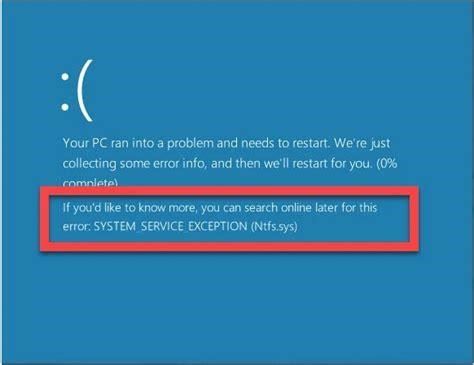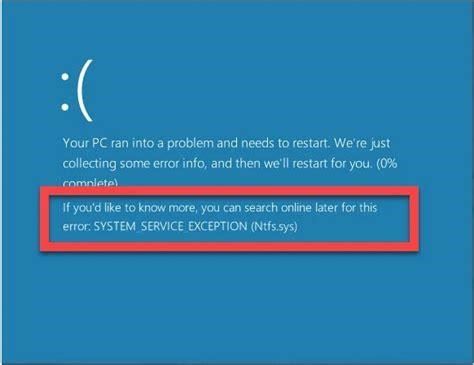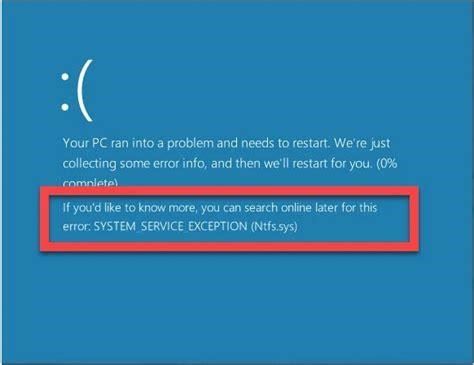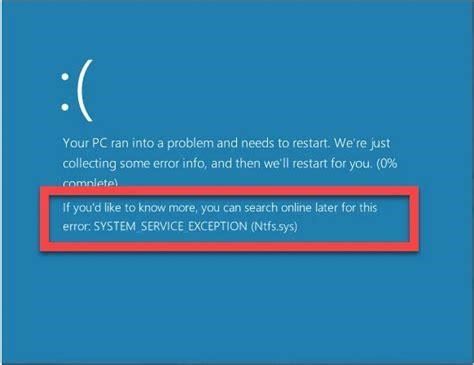Optimizing WiFi Connectivity on Windows 10: A Detailed Guide
Navigating the intricacies of WiFi connectivity on Windows 10 can be a frustrating endeavor. With a multitude of factors impacting signal strength and network speed, it’s easy to feel overwhelmed. That’s where we come in.
After an extensive analysis of insightful forum discussions on the subject, we’ve compiled the definitive guide to optimizing your Windows 10 WiFi experience. From hardware upgrades to software tweaks, we’ll explore proven techniques to boost speeds, expand coverage, and minimize disruptions.
Hardware Upgrades That Make a Difference
While software solutions certainly help, investing in better hardware yields the most dramatic improvements in WiFi performance. Here are three impactful upgrades to consider:
Upgrade Your Router’s Antenna
The standard antennas that ship with most routers simply can’t cut it for those needing expanded wireless range. Swapping in a directional antenna with higher gain can significantly boost your router’s reach and penetration. We recommend powerful options like the Alfa 9dBi WiFi Booster or the TP-Link Dual Band Directional Antenna. Just make sure your router supports detachable antennas first.
Switch to a Wireless AC Adapter
If your PC or laptop is more than a few years old, chances are it’s equipped with an older Wireless N adapter. Upgrading to the latest Wireless AC adapter delivers vastly improved throughput thanks to support for faster speeds. For desktops, PCIe cards like ASUS PCE-AC56 are fantastic. On laptops, USB adapters like Netgear’s A6210 perform admirably.
Eliminate Interference from Other Devices
Microwave ovens, cordless phones, baby monitors, and other household gadgets operating in the 2.4Ghz frequency band can wreck havoc on WiFi signals. Avoid interference by using 5Ghz devices whenever possible. If you can’t, consider upgrading to a mesh WiFi system which uses multiple access points to provide complete home coverage.
Software Tweaks That Squeeze out Extra Performance
With the right settings adjustments, you can eke out every last drop of speed from your existing WiFi setup. Here are some easy software optimizations to try:
Prioritize Your Devices with QoS
By enabling Quality of Service (QoS) on your router and prioritizing your PC and/or gaming consoles, you can maximize performance where it matters most. Just log into your router’s admin console and enable QoS to get started.
Limit Bandwidth Reservations
Windows automatically reserves 20% of your available bandwidth for system updates and critical network traffic. Reducing this to 0% removes all caps and provides full speed for your daily use. Just edit the "Limit reservable bandwidth" setting under QoS Packet Scheduler.
Keep Drivers Updated
Outdated network adapter drivers can severely hamper WiFi speeds and connectivity. Be sure to download the latest drivers directly from your hardware manufacturers to enjoy performance improvements and bug fixes.
Pro Tips for Placement, Troubleshooting, and More
A few simple tricks related to location, settings, and testing can also significantly improve your wireless experience.
Elevate Your Router Off the Floor
Routers placed too low often have degraded range and speed. Elevate your router higher in the room to enable clearer top-to-bottom coverage.
Pick a Central, Obstruction-Free Location
Position your router in a central spot free from walls, appliances, and other signal barriers. Avoid placing near HVAC ducts, pipes, or beams which impede wireless penetration.
Disable Auto Updates as Needed
Windows and app updates downloading in the background can saturate your connection. When need maximum bandwidth for gaming or video streaming, disable auto updates temporarily.
Test With Multiple Devices from Various Locations
Run speed tests and make observations from different spots using several wired and wireless devices. This gives you a clearer picture of true WiFi performance throughout the home.
By following these tips, you can transform that temperamental WiFi connection into a high-performance wireless network. Let us know if we missed any of your favorite WiFi optimization tricks!




